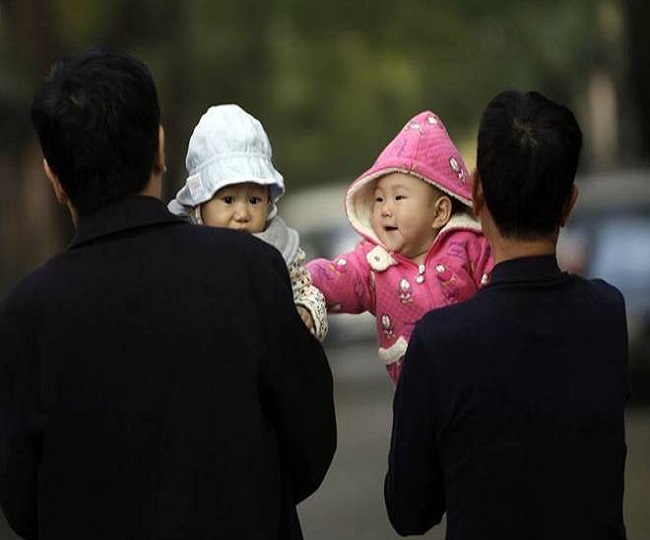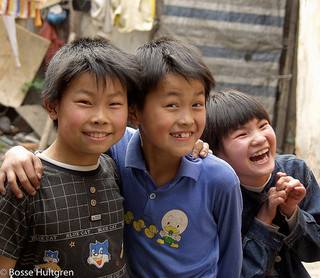China Ends International Adoptions: A Major Policy Shift
In a significant policy change, the Chinese government has announced the termination of international adoptions, effectively ending a practice that has been in place for over three decades. This decision, which was made public on September 5, 2024, has left many prospective adoptive families in a state of uncertainty and has raised questions about the future of children who were in the process of being adopted.
Background of International Adoptions in China
Since 1992, when China first opened its doors to international adoptions, more than 160,000 children have been adopted by families around the world, with a significant number finding homes in the United States. The international adoption program was initially established to address the needs of children, particularly those with disabilities or from disadvantaged backgrounds, who were in need of families.
However, the landscape of adoption in China began to change in the mid-2000s as the country’s economy grew and the government started to promote domestic adoptions. The number of international adoptions peaked during this time but has been on a decline since then. The COVID-19 pandemic further complicated matters, leading to a suspension of international adoptions in 2020 to ensure the health and safety of children.
Reasons Behind the Policy Change
The Chinese government has cited various reasons for this abrupt policy shift. According to Mao Ning, a spokesperson for the Foreign Ministry, the decision aligns with international trends where many countries are limiting or halting international adoptions. The government aims to focus on domestic solutions for child welfare and adoption, reflecting a broader shift in societal attitudes towards child-rearing and family structures.
The end of international adoptions is also seen as a response to the declining birth rate in China, which has raised concerns about the country’s demographic future. By halting foreign adoptions, the government may be attempting to encourage more domestic adoptions and support for children within China.

Impact on Families and Children
The immediate impact of this decision is profound, particularly for families who were in the process of adopting children from China. Reports indicate that only 16 adoptions were finalized in the year leading up to the announcement, a stark contrast to the 2,000 to 3,000 adoptions that were common between 2008 and 2016. Many families who had already begun the adoption process are now left in limbo, unsure of how this policy change will affect their pending applications.
Organizations and advocates for children’s rights have expressed concern over the implications of this decision. The halt in international adoptions could mean that many children who would have found loving homes abroad will now remain in orphanages or foster care within China. This is particularly troubling for children with special needs, who often face greater challenges in finding adoptive families.
Reactions from the International Community
The international community has reacted with a mix of disappointment and concern. Many prospective adoptive parents have voiced their frustrations, feeling that their hopes of providing a stable home for a child have been dashed. Adoption agencies and child welfare organizations are also grappling with the ramifications of this policy change, as they work to support families affected by the decision.
The U.S. State Department has indicated that it is seeking clarification from the Chinese government regarding how this policy will affect American families with pending adoptions. The situation remains fluid, and many are calling for dialogue between the two countries to address the concerns of families and ensure the welfare of children.

Conclusion
China's decision to end international adoptions marks a historic shift in its approach to child welfare and adoption. While the government emphasizes the need for domestic solutions, the immediate consequences for children and families are significant. As the world watches this development, the hope remains that the best interests of children will be prioritized, ensuring that every child has the opportunity for a loving and supportive family, whether domestically or internationally.
For more detailed information, you can read the full articles from CNN, New York Times, US News, and other reputable sources covering this significant change in policy.





